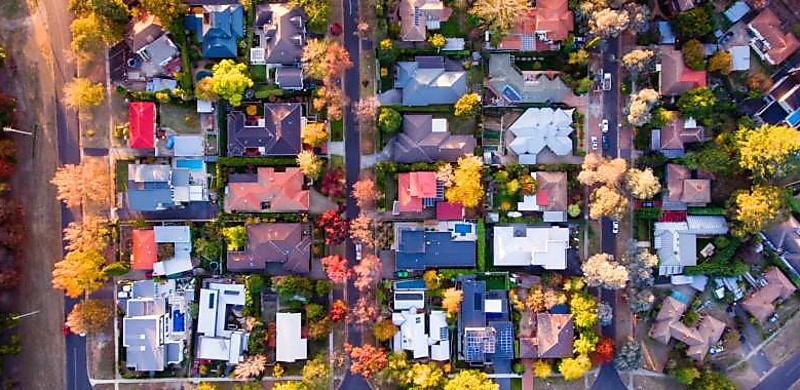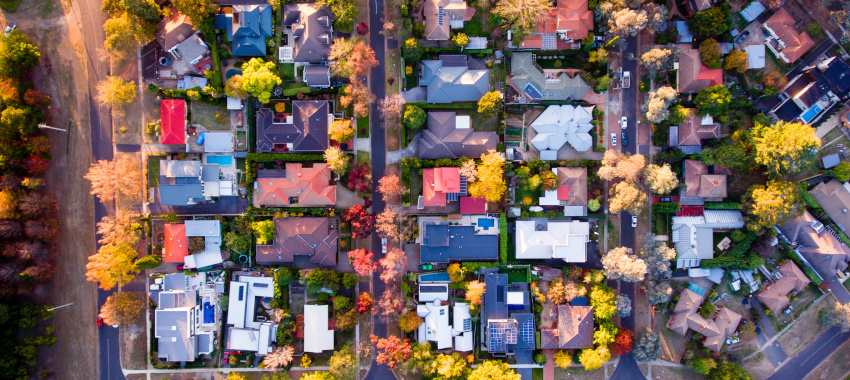
With recent data showing a surge in house listings year on year in May, brokers have shared what they think this means for the housing market.
Data released by SQM Research has shown an increase in the number of national residential property listings by 5.5 per cent in May, up to 253,757 dwellings from 239,660 in April.
Of the states, Sydney recorded the largest increase in total listings at 8.4 per cent during the month, followed by Melbourne at 7.6 per cent.
Notably, Sydney and Melbourne recorded a year-on-year spike in listings of 21.7 per cent and 27.3 per cent, while Brisbane and Perth recorded decreases of 0.8 per cent and 23.4 per cent, respectively.
Commenting on these findings, Home Loan Experts senior mortgage broker Jonathan Preston said he believes this is “bad news regarding the sentiment of the market”.
“It indicates prices might fall because of the higher number of listings,” Preston said.
“The bullish sentiment from the expected rate cuts is fading away, which is causing people to become concerned. I think there is less FOMO about getting in now and there are fewer people thinking they need to rush.
“[And] why should they? There is more stock coming to market, rate cuts aren’t on the horizon, there seems to be less urgency than before.”
Preston added that the combined asking dwelling price, which rose by 1.6 per cent in May according to SQM, has made borrowing power “really sluggish”.
“Many people just can’t borrow more money, which I think is weighing on the market,” he said.
According to Preston, the Reserve Bank of Australia (RBA) was unable to cut rates partly due to “the ‘wealth effect’ of property prices rising”.
“In other words, because prices were rising, people were optimistic, and were more comfortable spending money, which then caused inflation,” Preston said.
“I believe if we see three-plus months of price falls, people will start to become very worried, more properties will come to market and people will cut spending, noting that their equity is going backward.
“That kind of scenario would then cause inflation figures to drop due to lower spending and then might finally facilitate rate cuts.”
Adding to this, Home Loan Experts mortgage broker Steven Chan said that overall, the market is not stabilising much.
“I would call it a tale of two geographies. There is a slight rebalancing in the more expensive markets, like Sydney and Melbourne. More listings there means more supply. That might lead to more gradual price growth, which would be stabilising,” Chan said.
“The rest of Australia, including the popular states for buyers at the moment – such as WA, QLD, and SA – is still vastly constrained in supply and not likely to stabilise anytime soon.”
According to Chan, the reasons for this vary location to location. For example, Sydney’s higher purchase prices (and therefore higher loan amounts) along with cost-of-living pressures have caused more people to struggle when servicing their mortgages.
“Melbourne is similar to Sydney in terms of higher prices and loan amounts, but Melbourne also faces the negative effects of Victorian policies on investors; particularly, the more stringent landlord reforms, such as the minimum rental standard, the lower land tax threshold, and higher compliance costs generally, leading to more people having to offload their properties,” he said.
“Outside the two largest cities, however, property prices are generally cheaper, yields are higher and it’s easier to hold properties.
“Overall, the property market remains robust and poised for more growth and there will soon be more opportunities for people who have been sitting on the sidelines to get in, given the increased buying power through additional government grants and upcoming tax changes.”
[RELATED: SA stamp duty abolition could drive up house prices: Brokers]
 Login
Login











JOIN THE DISCUSSION